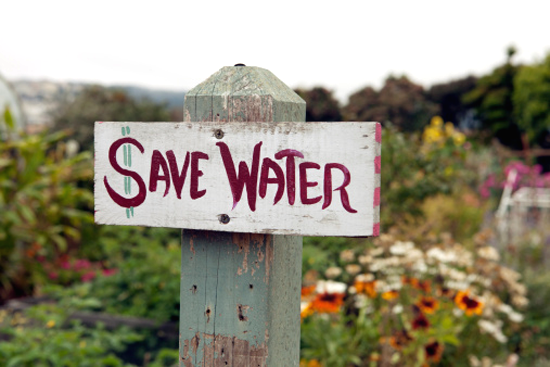Dec 18, 2025
Dec 18, 2025
by Neelima Garg

Water is the most precious and least bothered thing on earth. We know that water is life and we cannot survive without it. So we need to conserve and save this most precious resource on earth. The depletion of ground water in some of the parts of country is well known. The conflict is over how water is perceived, valued and treated.
Water is life savior elixir. The importance of water as a vital resource to the life system and an essential component of societal development can not be over emphasized. Over the years, many ancient civilizations emphasized on various mechanisms of water collection & distribution. Although Uttarakhand is said to be the water column for the nation, still there is scarcity of drinking water in several habitations, especially in summers. The reason being drying up of water sources because of human activities in the catchment areas due to increase in population. The solution to this problem lies in water harvesting, conservation and recharge of ground water.
Rain is the first form of water in the hydrological cycle hence is a primary source of water for us. River, lakes & ground water are all secondary sources and we depend entirely on such secondary source of water and ignore the value of primary source of water which we are getting at our door steps.
Water harvesting is the activity of direct collection of rainwater. The rainwater collected can be stored for direct use or can be recharged in to the ground water, before it is lost as surface run off. Artificial recharge to ground water is a process by which the ground water reservoir is augmented at a rate exceeding that under natural conditions of replenishment. Artificial recharge is needed in the following conditions:
In urban areas, rain water available from roof tops of buildings, paved and unpaved areas goes waste. This water can be recharged to aquifer and can be utilized gainfully at the time of need. The rain water harvesting system needs to be designed in a way that it does not occupy large space for collection and recharge system. As per Central Groundwater Board assessment, 215 billion cubic meters surplus monsoon run off water that could be stored on surface or in sub-surface aquifers through various methods, which otherwise goes as waste. Roof top rain water harvesting structures should be implemented all over the country:
Rainwater Harvesting provides self-sufficiency to water supply by storage of rainwater for direct use and reduces the cost of pumping of groundwater. Water in excess of storage can be diverted for groundwater recharge to improve yield and quality.
In Uttarakhand Rooftop Rainwater Harvesting is gaining importance in NRDWP and URWSS Programs where community is being encouraged to construct Rainwater Harvesting Structures. For groundwater collection & recharge, the old chals, khals and ponds are being rejuvenated by Uttarakhand Jal Sansthan. Therefore for better water management, water should be harvested, conserved and judiciously used.
Read Also:
Save Water Safe Life
Water Harvesting, Let's Do It
Water, Water Everywhere, Not a Drop to Drink
Withering Depths of Water
Water is Life
06-Sep-2012
More by : Neelima Garg